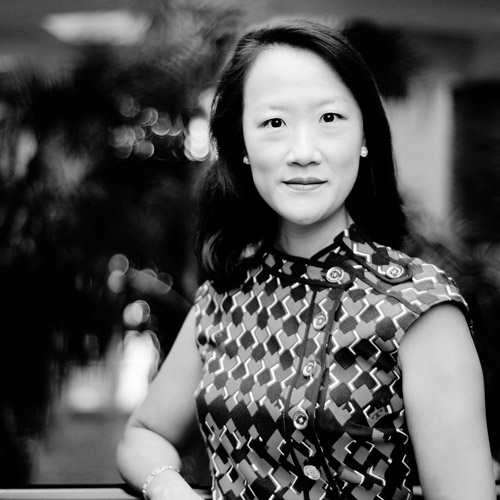When Profile last spoke with Lorie Tekorius in 2012, she was the senior vice president and treasurer of the Greenbrier Companies. At that time, the company was pulling in roughly $1.8 billion in revenue and looking to diversify its offerings.
Just four years later, the railcar and marine barge builder continues to produce railcars for US markets, and it has expanded globally for clients in Brazil and Saudi Arabia. By the end of the 2016 fiscal year, Greenbrier expected to take in $2.8 billion in revenue. “We’ve been going through quite a bit of growth,” says Tekorius, now senior vice president and chief financial officer of Greenbrier.
In the intervening years, Tekorius was busy facilitating programs new and old at the company while at the same time growing into a more senior role that requires mentorship as much as strong management. In particular, Tekorius notes three initiatives that have contributed to the Greenbrier Companies’ impressive $1 billion jump in annual revenue.
In 2012, Greenbrier began to expand and diversify its manufacturing division, which was arguably the backbone of the business. To match the shifting US energy market, Greenbrier increased tank car and sand covered hopper production. Covered hopper cars are particularly adept at transporting the dense sands used in oil fracking. By increasing manufacturing to meet the energy demand in the United States, Greenbrier was also able to make its production line more efficient, according to Tekorius.
“It was fantastic to be part of that and benefit from it,” Tekorius says about the shift in the US energy market. “But we took the opportunity to incorporate market shares in other areas as well.” Rather than pigeonhole the company as a builder of energy-related railcars, Greenbrier has also expanded into producing automotive railcars and other non-energy related tank cars, along with more long-term products such as boxcars and intermodal units. This way, if the US energy market plateaus, Greenbrier will still be poised for continued growth, she explains.
When the company increased manufacturing, Tekorius says they realized they could also benefit from putting the company’s lease origination skills to work for others. Greenbrier invested in leasing out railcars and managing cars for third-party owners. She explains that this venture opened a whole new avenue for going into the market for the company, and it has allowed them to increase the number of clients and transactions they work with each year.
With a firm foothold in the North American market, Greenbrier has also begun to look at opportunities in strategic locations abroad in order to keep the company growing. In Brazil, Greenbrier has invested in a Brazilian railcar company—Greenbrier-Maxion based in Hortolandia, Brazil—in order to take advantage of the country’s growing agriculture sector and developing infrastructure.
On the other side of the globe, Greenbrier is building approximately 1,200 tank cars at its manufacturing facility in Poland, which will then be shipped to Saudi Arabia. The Gulf Cooperation Council is looking for cars to support industrial mining operations as they work to lessen their dependency on crude oil.
If all goes well—and Tekorius expects it will—Greenbrier leaders hope their work in Brazil and Saudi Arabia will open the door to additional opportunities in nearby markets. For Tekorius, learning about Greenbrier’s new clients and adjusting to their business styles is more than exciting. “If I were to keep doing the same thing day in and day out, it’d be really boring,” Tekorius says. “I love the fact that I’m regularly challenged to get up to speed on something to figure out how to solve problems.”
Tekorius has been at Greenbrier for more than twenty years. She says becoming CFO has changed not only the scope of her work, but also her work style. “It really stretched my need to let go of things,” Tekorius says. “Being a numbers person, I tend to like to be in control of everything. But that’s really not possible. I’m excited I have such a great team to work with.”
She says working at Greenbrier has only emphasized her long-standing belief that a team approach to business is best. Tekorius ranks teamwork and trust as essential to running a successful company. Now due to her time in the industry, Tekorius says she also enjoys any opportunity where she can be a mentor and pass along her vast industry knowledge to other members of her team.
One piece of advice she gives to those early in their career is to be curious and dig deeper into learning how everything works. When she first started at Greenbrier, Tekorius says she was unaware of the broad scope of the industry. By digging below the surface and figuring out how things worked, she was able to better understand the industry.
“We’ve been blessed with such technological advances, and we have this expectation that everything is going to happen quickly. Sometimes with a career you have to be patient,” she says.
For Tekorius, it looks like these years of patience are definitely paying off. Considering how much Greenbrier has grown since 2012, the future looks bright for the century-old company in 2020.

